Podcast Episode 106 — Strong Convictions on Green Building
Fiber cement repair, rough inspection, net-zero homes, badly designed roofs, repairing rot with epoxy, crawlspaces, and drywall returns.
We’ve got a new design for our Keep Craft Alive shirts, so go check those out at our online store.
In this episode, Justin Fink, Brian Pontolilo, and Rob Yagid go off script to talk about siding repair on fiber cement, which has some tricky bits to it. The guys also talk about Rob’s recent rough inspection — framing, plumbing, and electrical. Which brings us to Rob and Patrick’s less-than-serious tactics for finessing an inspection:
- Bribe the inspector with copies of Fine Homebuilding magazine.
- Watch to see if he turns off his truck. If he keeps it on, it’s a good sign if he wants to get out fast.
- Chat with the inspector to distract him from the inspection.
Turning to listener questions, Alexander butters up “overlord and supreme ruler Justin Fink” with a question about California’s drive to push more new housing stock to the net-zero level. Code updates, photovoltaics, and more are the issues here, and that’s especially relevant for Fine Homebuilding because our next demonstration home will be in California. We’ll be unveiling that in the August 2018 issue. Rob mentions that the coming code changes are going to ruffle feathers, and Brian declares that he supports the new rules 100%. Brian says that we clearly know how to build zero-energy homes, in cost effective ways. “Not doing it, in my opinion, is just being resistant to a better way to build a house,” he says.
For another viewpoint, Justin says he wants to put up a big solar panel array just to tick off the neighbors he does not like.
The guys also talk about trends in factory-framed panelized walls vs prefab modules.
Next, FHB ambassador Tyler Grace sent in a question about this low-slung ranch on steriods:
“The most poorly designed roof I’ve ever seen,” says Rob. Take a look at these two photos:
Listener Greg asks about drywall returns. To see his photos, please click the Launch Gallery button at the bottom of this post.
And there are two crawlspace questions to finish off the podcast. Listener Dane has a question about spray foam over a dirt floor of a crawlspace. The guys are okay with it. That leads to a discussion of foam under a slab. And listener Joe wonders if he has a ventilation problem with leakage from his crawlspace.
This episode of the podcast is brought to you by Boral.
There’s a better way to build something great. That starts with choosing Boral TruExterior siding and trim. TruExterior products are made with an innovative poly-ash material that cuts and nails just like wood, without the worries of absorbing water or expanding and contracting. Its as easy as cut, fasten, paint, done. So you’ll always get cleaner seams, better curb appeal, and lower maintenance. Plus, the Boral team is ready to help solve any job-site challenge that comes along. See the difference and get a sample at TruExterior.com.
This episode is also brought to you by Danner.
Born from logging and exploration, Danner is a Pacific Northwest original. Every boot is hand made to hold up in unforgiving conditions and live up to their unyielding standards. Stronghold work boot is what happens when more than 85 years of legendary quality, durability, and heritage runs into modern construction, technology, and materials. You get tomorrow’s classic today. The Stronghold work boot. Visit Danner.com for more.
This episode is also brought to you by Chief Architect.
Chief Architect Software is a leading developer of 3D architectural home design software for both full residential design and remodeling. Chief Architect offers a unique design approach with smart tools that make the design process fast and the software easy to learn. The software’s powerful tools automate the design and construction document process while automatically generating 3D renderings and virtual tours. There’s no better way to gain more business than referrals from happy clients. You can carefully manage your clients’ expectations by helping them visualize the completed project. You’ll get fewer change orders, and the smart technology, including instant materials list, helps keep design errors to a minimum, keeping your job on track and on time. Learn more about Chief Architect Software and download a free trial version today at ChiefArchitect.com.
We hope you will take advantage of a great offer for our podcast listeners: A special 20% off discounted rate to subscribe to the Fine Homebuilding print magazine. That link goes to finehomebuilding.com/podoffer.
The show is driven by our listeners, so please subscribe and rate us on iTunes or Google Play, and if you have any questions you would like us to dig into for a future show, shoot an email our way: [email protected]. Also, be sure to follow Justin Fink, Rob Yagid, and Fine Homebuilding on Instagram — and “like” the magazine on Facebook. Note that you can watch the show above, or on YouTube at the Fine Homebuilding YouTube Channel.
The Fine Homebuilding Podcast embodies Fine Homebuilding magazine’s commitment to the preservation of craftsmanship and the advancement of home performance in residential construction. The show is an informal but vigorous conversation about the techniques and principles that allow listeners to master their design and building challenges.
Links related to this episode:
- From the NRDC.org site: New California Building Efficiency Standards Set the Stage for Zero Net Energy Homes by 2020.
- LA Times article: Energy-efficient homes seem to sell faster, fetch higher prices.
- Fine Homebuilding’s prior ProHOME demonstration house projects.
- Building Skills: Repairing Rot with Epoxy.
- All FHB podcast show notes: FineHomebuilding.com/podcast.
- Sales of the NEWLY REDESIGNED #KeepCraftAlive tee-shirts support scholarships for building trades students. So go order some shirts at KeepCraftAlive.org.
- Oh, and the direct link to the online store is here.
And click Launch Gallery to see those window photos from listener Greg.

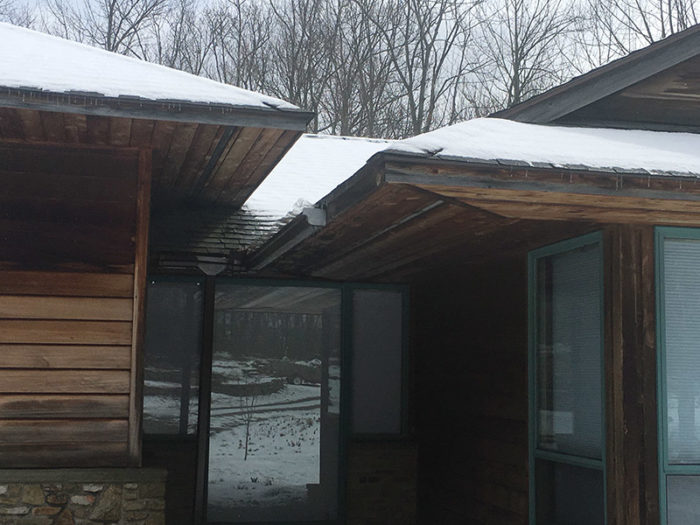
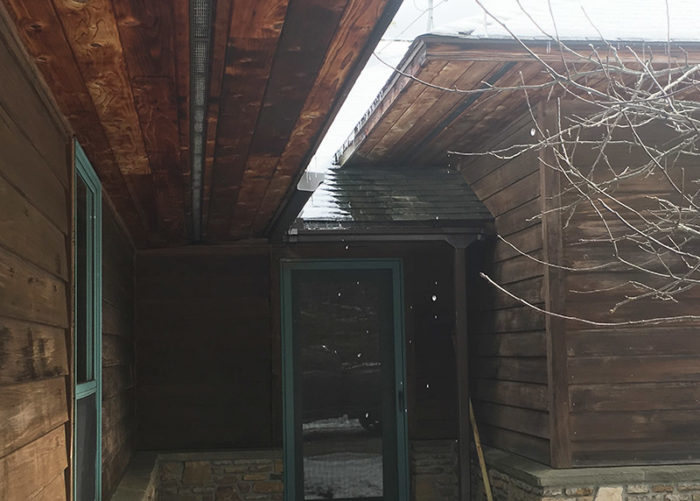

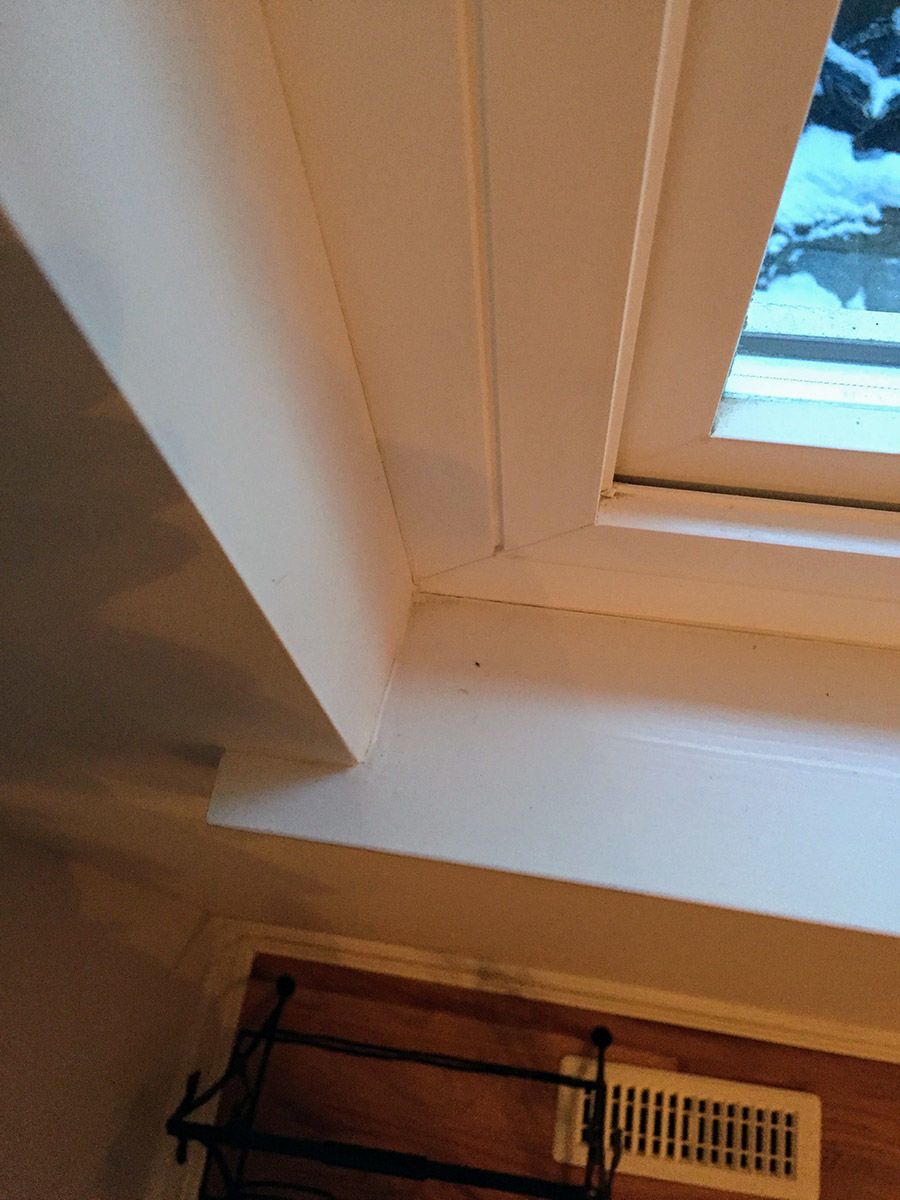
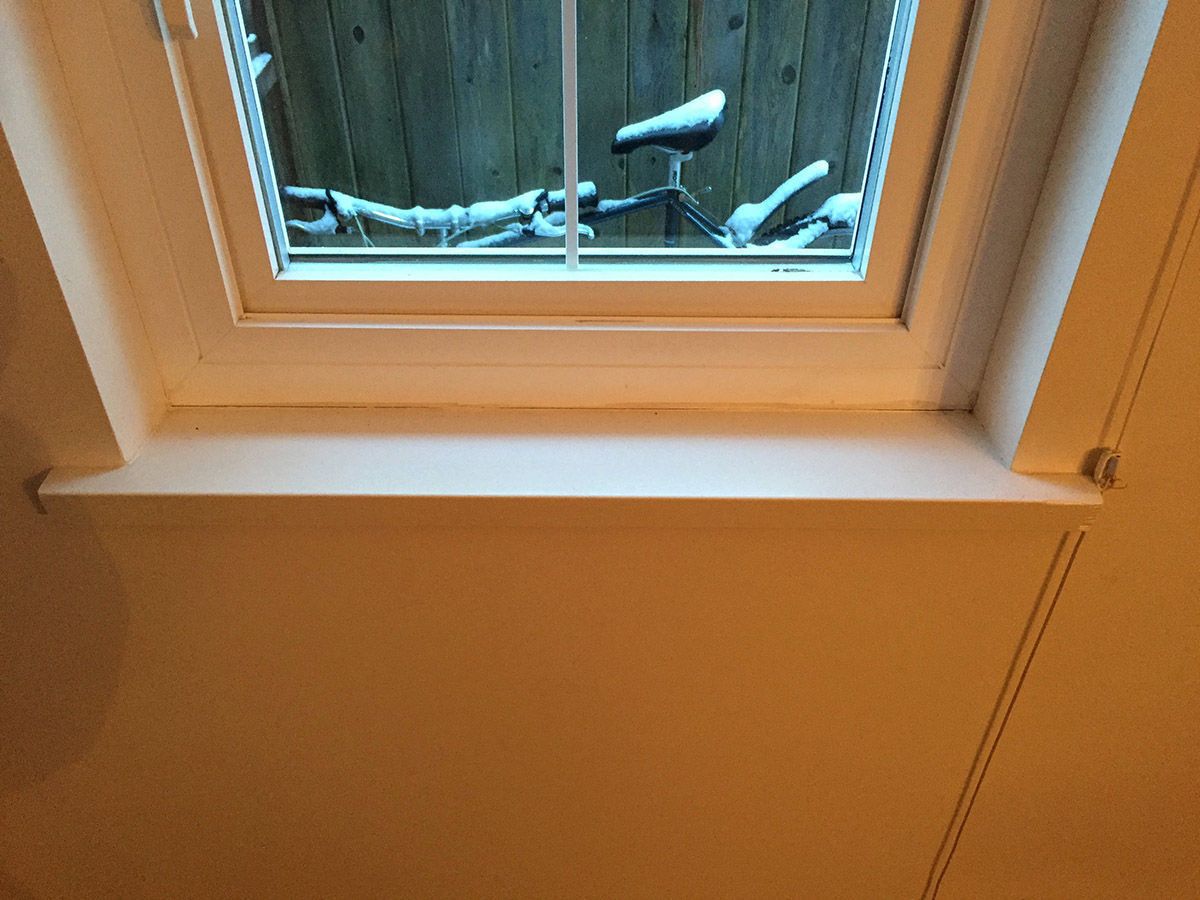
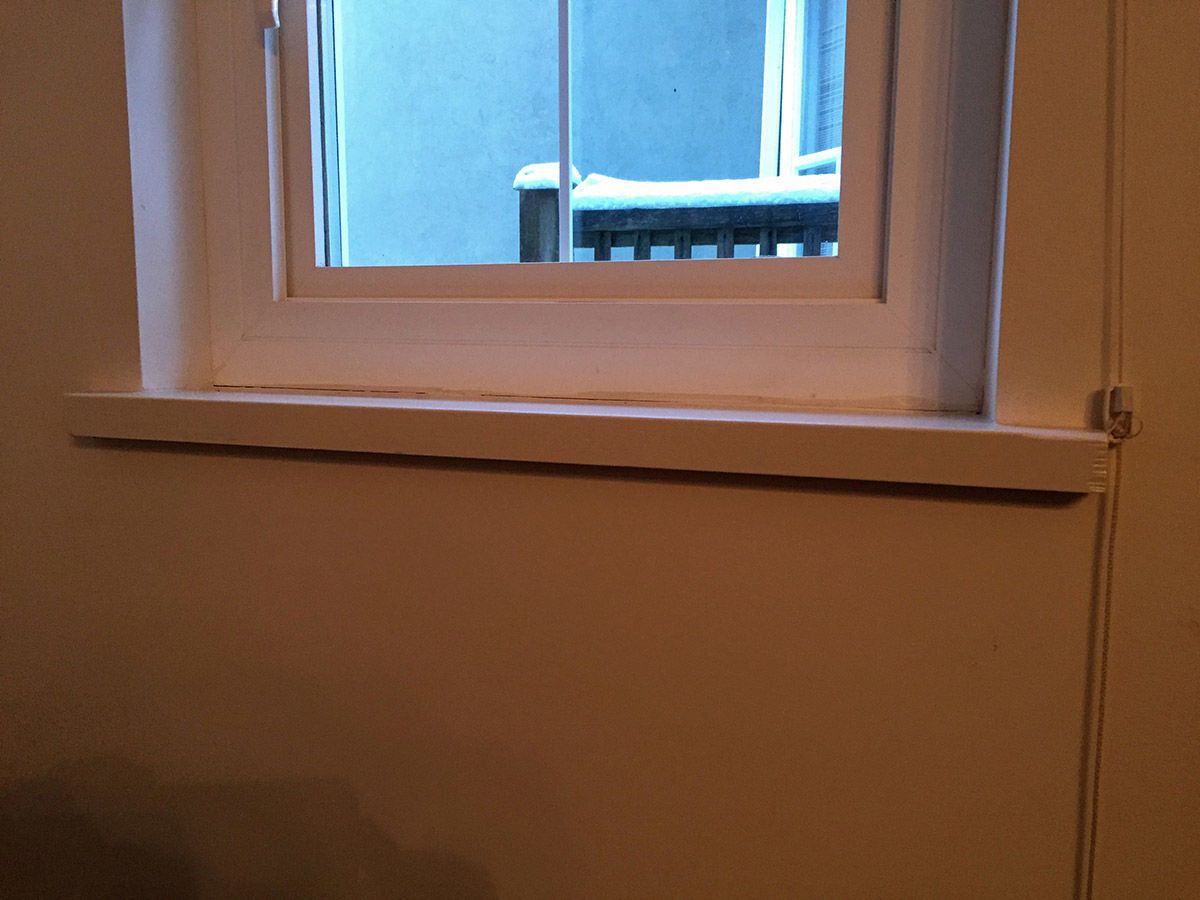



























View Comments
It would be crazy to start ripping into that roof as a first solution. It's not so much a poorly designed roof as it is a poorly and inadequately designed gutter system. Adding gutter to every roof plane termination above the problem areas would likely fix things. Someone was trying to be too elegant and minimalist in gutter application.
Regarding spray foam on dirt: Polyurethane spray foam should not be sprayed on wet surfaces. It throws off the reaction and could cause issues like smells and unsafe offgassing. It should be sprayed on poly or tyvek. The grade should be smooth. The foam will always lift off of the ground. If it is thick enough, like the 4” mentioned, it wont break at the bubbles when crawled on. Just did this in a crawlspace for second time. And water underneath it after curing is no problem.
Regarding the advice on nailing/replacing fibercement planks. Everything you need to know is on this FHB video. I'm surprised that none of the guys remembered it. Maybe that was when they were just interns. - It was a long time ago - I didn't have gray hair.
https://www.finehomebuilding.com/2013/10/28/repairing-damaged-siding-series-fiber-cement-repair
Solar and California. In my humble opinion since all homes will be required to remain tied to the grid power companies will be allowed to make up for lost revenues by charging a higher base charge. Why? The States do NOT want power companies going out of business because they don't want to assume the pension obligations for the workers (who are also voters btw). In addition a lot of pensions funds are invested in utilities.
Homes under the new program in California probably will not be built better because solar will be used to offset energy consumption. It'll be very difficult for a homeowner to obtain satisfaction if his/her home is underperforming because the builder will blame occupant behavior over less than perfect (i.e. air leaks) construction.
My 2 cents